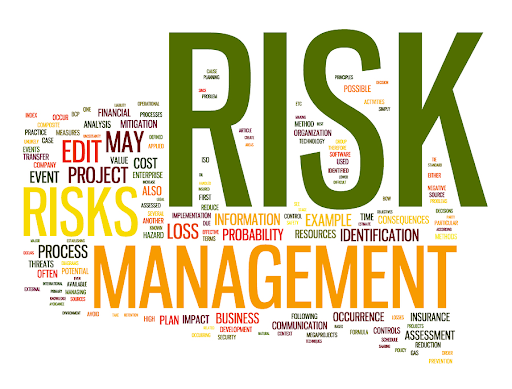In today’s fast-paced and ever-evolving business environment, organizations face an increasing number of risks that can affect their performance, reputation, and sustainability. Whether it’s financial uncertainty, cybersecurity threats, compliance issues, or operational disruptions, managing these risks effectively is crucial for long-term success. This is where ISO 31000 risk management, plays a pivotal role. It provides a comprehensive framework for identifying, assessing, and mitigating risks, helping organizations safeguard their objectives and improve decision-making processes. In this blog, we will explore ISO 31000 and its role in identifying and mitigating organizational risks.
What is ISO 31000?
ISO 31000 is an international standard for risk management, published by the International Organization for Standardization (ISO). The standard provides guidelines for organizations to establish a structured and effective risk management framework. It is applicable to organizations of all sizes and sectors, offering a universal approach to managing risks in a way that aligns with the organization’s objectives. The standard is designed to integrate risk management practices into the organization’s governance, processes, and decision-making.
ISO 31000 encourages a systematic approach to risk management, emphasizing that risk should be identified, assessed, treated, and monitored throughout an organization’s operations. This risk management process is aimed at minimizing the impact of negative events while maximizing opportunities for growth and improvement.
Identifying Organizational Risks with ISO 31000
The first step in ISO 31000 risk management is identifying the risks that could potentially impact an organization. These risks could stem from various sources such as market conditions, technological changes, financial volatility, regulatory changes, or internal factors like employee performance and operational inefficiencies.
ISO 31000 provides a structured approach to identifying risks. It involves gathering data from across the organization and utilizing tools like risk assessments, brainstorming sessions, and historical data analysis. Risk identification is not a one-time activity; rather, it should be an ongoing process that adapts to new challenges and evolving threats. ISO 31000 encourages organizations to consider both internal and external factors, ensuring a comprehensive identification of risks.
Assessing and Analyzing Risks
Once risks are identified, ISO 31000 advocates for a thorough assessment and analysis to determine their potential impact and likelihood. This involves evaluating the probability of each risk occurring and the extent of damage it could cause to the organization. By understanding the nature of the risk, organizations can prioritize them and allocate resources more effectively.
ISO 31000 recommends using qualitative and quantitative methods for risk analysis. Qualitative methods include risk matrices and expert judgment, which can provide insights into the potential severity of risks based on experience and industry knowledge. Quantitative methods, such as statistical models and data analysis, help measure risk exposure in numerical terms, which can be valuable for making informed decisions.
Mitigating Risks through ISO 31000
Mitigating risks is the core objective of ISO 31000 risk management. After assessing the risks, organizations can decide on appropriate risk treatment strategies. ISO 31000 emphasizes a range of strategies to manage risks effectively, including risk avoidance, risk reduction, risk sharing, and risk retention.
- Risk Avoidance: This involves eliminating the risk entirely by changing the organization’s processes, practices, or activities.
- Risk Reduction: This strategy aims to minimize the likelihood or impact of the risk by implementing preventive measures or controls.
- Risk Sharing: In some cases, organizations may transfer the risk to third parties, such as through insurance or outsourcing certain functions.
- Risk Retention: For risks that are unavoidable or too costly to mitigate, organizations may choose to accept the risk and prepare contingency plans for possible outcomes.
ISO 31000 advocates for a balanced approach, considering both the costs and benefits of each strategy. By choosing the appropriate mitigation methods, organizations can safeguard themselves against potential threats while maintaining a focus on achieving their strategic objectives.
Conclusion
In conclusion, ISO 31000 provides a robust framework for identifying, assessing, and mitigating risks within organizations. Its systematic approach helps organizations effectively manage risks, improve decision-making, and enhance resilience. By following the ISO 31000 risk management guidelines, businesses can better navigate uncertainties, safeguard their assets, and seize opportunities for growth. The implementation of ISO 31000 not only supports risk mitigation but also fosters a culture of risk management that permeates throughout the organization. For any organization looking to strengthen its risk management capabilities, ISO 31000 remains a crucial tool for achieving sustainable success.








